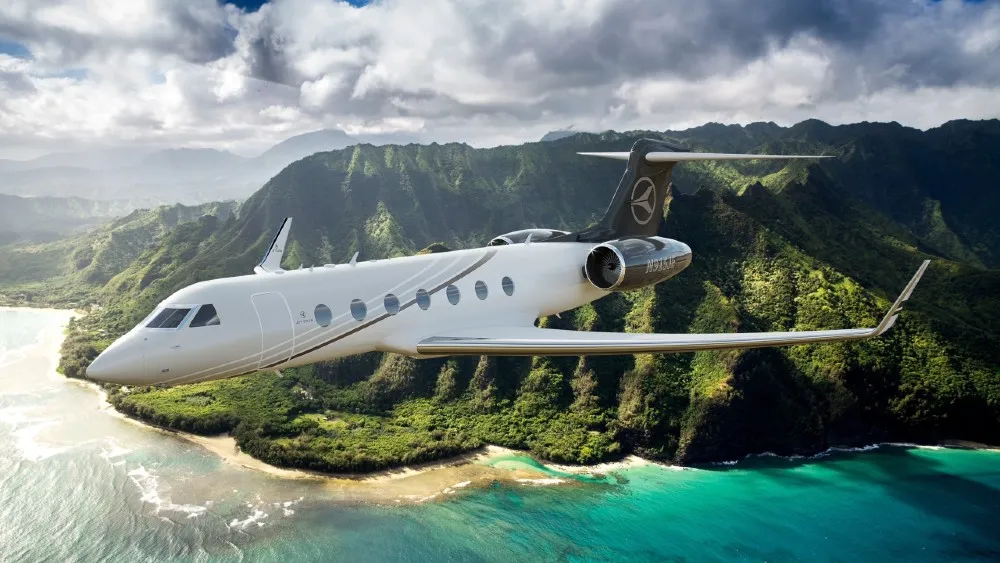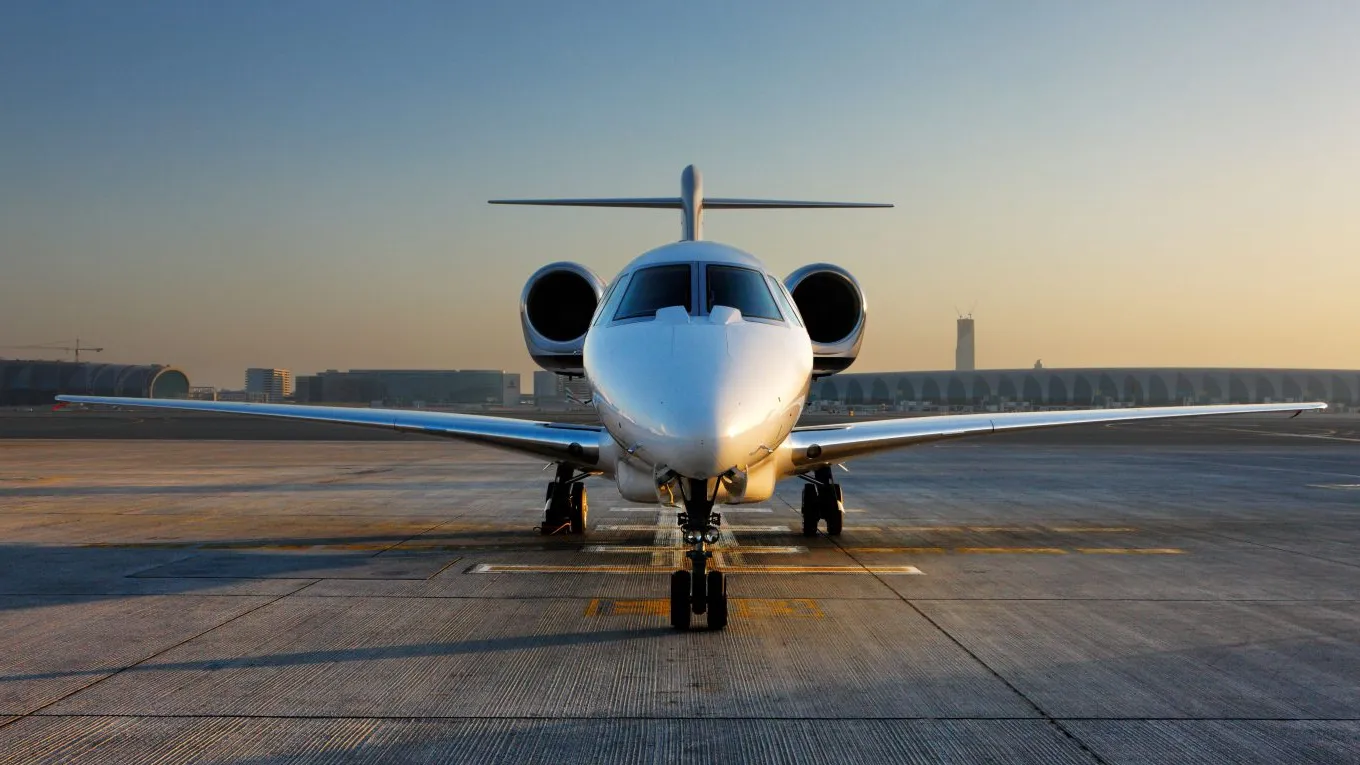Private jets soar through the skies at much higher altitudes compared to commercial airliners. While commercial flights typically cruise between 33,000 and 39,000 feet, private jets can reach much loftier heights.
This difference in altitude has to do with the air itself. Up there, the air is thinner, which is a good thing for airplanes. Thinner air means less drag, which is the force working against the airplane as it moves through the air. Less drag allows the airplane to fly more efficiently and experience smoother flights with less turbulence.

There’s a limit to how high an airplane can fly, though. This limit is called the service ceiling, and it depends on several factors, such as the airplane’s weight, engine power, and how much lift the wings can generate. Commercial airliners are designed with a service ceiling of around 43,000 feet, but they rarely fly that high.
The reason? The plane gets heavier with passengers, luggage, and fuel. With all that extra weight, the engines don’t have quite as much power to climb even higher. Commercial airline pilots carefully consider speed and altitude to optimize the plane’s performance, so they typically stick to a comfortable cruising range. This keeps the flight efficient and ensures a smooth ride for everyone on board.
Soaring Above the Clouds: Why Private Jets Fly Higher
Imagine cruising comfortably at an altitude where the world below looks like a miniature model train set. That’s the kind of experience private jet passengers enjoy thanks to their ability to fly significantly higher than commercial airliners.
Here’s what sets private jets apart:
- Lighter Weight, Higher Ceilings: Unlike commercial airlines packed with passengers and cargo, private jets are much lighter. This allows them to climb to much higher altitudes, with some reaching a service ceiling of 51,000 feet compared to the typical 43,000 feet for airliners.
- Powerful Engines for Smooth Sailing: Private jets might be smaller, but they pack a punch with powerful engines. This combination of light weight and strong engines allows them to handle the thinner air at high altitudes efficiently, resulting in smoother flights with less turbulence.
The ability to fly higher is a major perk for private jet travel, offering a smoother, more comfortable, and potentially faster flying experience.

